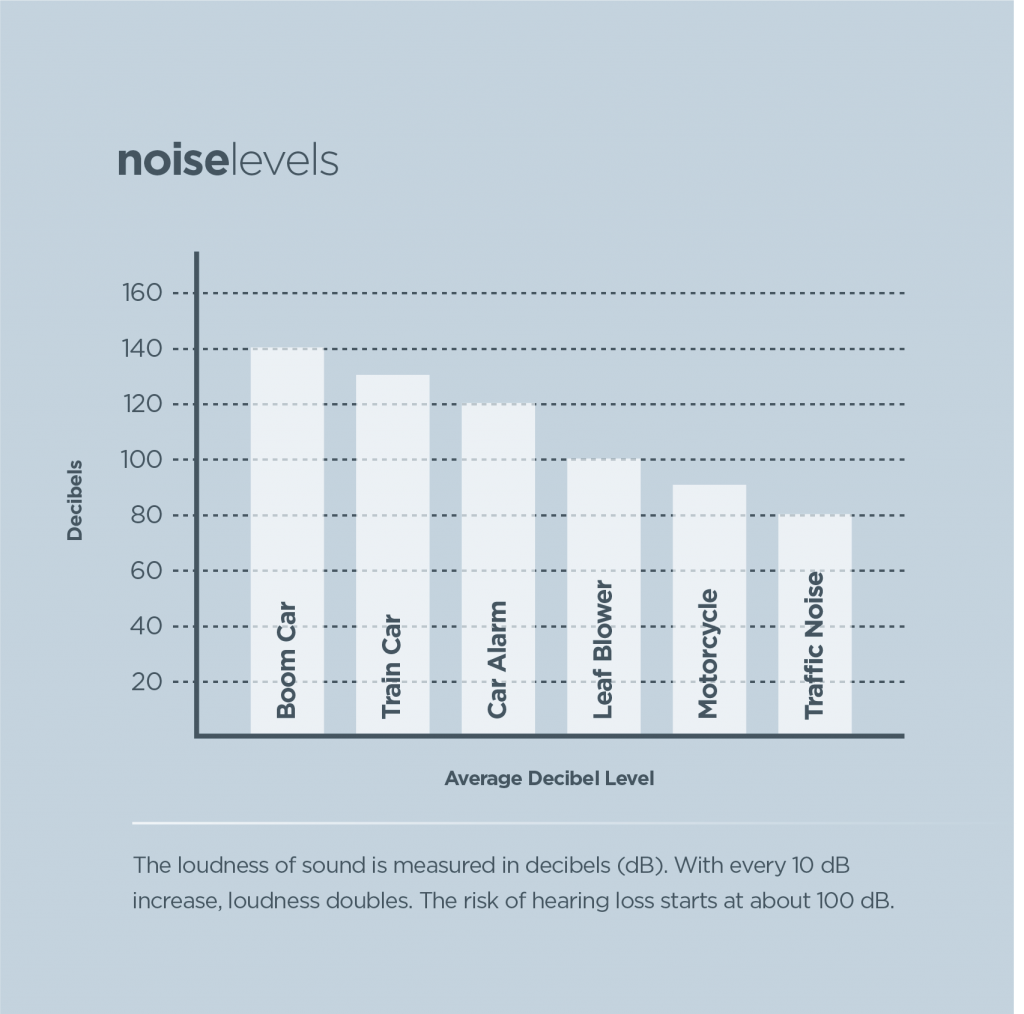Superior Stress Washing Strategies For All Surface Keys In
Superior Stress Washing Strategies For All Surface Keys In
Blog Article
Published By-Hyde Mosley
When it comes to pressure washing, the method you select can make all the distinction in attaining a tidy, streak-free finish. You may discover that difficult surface areas, like concrete, call for a various approach than softer materials, such as wood or vinyl. It's necessary to adjust your methods to the surface type to prevent damages while optimizing cleaning effectiveness. So, what are the best techniques for every surface, and exactly how can you guarantee you're making use of the best setups and tools for the work? Let's explore what you need to know to get the best outcomes.
Difficult Surface areas
When it involves pressure cleaning hard surfaces, preparation is key. Before you also think about taking out the pressure washing machine, put in the time to get rid of the location of any type of debris, furniture, or barriers. You don't want anything entering your way or potentially harmful your equipment.
Next, inspect the surface for any type of splits or damage; this will certainly assist you establish the best technique and stress settings.
Once you've prepared the location, it's vital to choose the appropriate nozzle. For hard surfaces like concrete or block, a narrow nozzle (15 or 25 degrees) works best to give a concentrated stream of water that can efficiently eliminate gunk and discolorations. Always begin at a distance and progressively relocate more detailed to avoid any kind of surface damage.
As you start cleaning, keep the wand relocating to avoid streaks and over-saturation. It's likewise valuable to function from the top down, permitting dirt and particles to wash away normally.
Lastly, bear in mind to rinse the surface area completely after cleaning up to get rid of any kind of leftover detergent. With these methods, you'll achieve a clean and renewed look on all your hard surfaces.
Soft Surfaces
Stress cleaning soft surface areas calls for a gentler approach to protect them from damages. Whether you're cleansing your deck, patio area furnishings, or home siding, utilizing excessive stress can cause dents, scratches, and even irreparable damage.
Start by selecting a low-pressure nozzle, ideally a 25-degree or larger spray pattern, to distribute the water extra gently.
Before you start, it's important to pre-treat any kind of discolorations with an ideal cleaning option. This step enables the cleaner to permeate the dirt and gunk, making it less complicated to get rid of without rubbing too hard.
Constantly apply simply click the up coming website from all-time low up to prevent streaking.
When you begin stress cleaning, keep a distance of at least 12 to 18 inches from the surface area. Relocate your stick in a sweeping activity, keeping it parallel to the surface area to avoid focused pressure on one place.
Wash the area completely after cleansing to remove any kind of recurring cleaner.
Finally, inspect the surface for any kind of missed areas and duplicate the procedure if needed. By complying with these actions, you can properly clean soft surface areas while protecting their integrity and appearance.
Specialized Surfaces
Cleaning up soft surfaces calls for treatment, however specialized surfaces demand a lot more interest to information. When you tackle these surface areas, like delicate timber, stained concrete, or specific sorts of home siding, utilizing the appropriate stress cleaning methods is essential to stay clear of damages.
Initially, analyze the material. For instance, dealt with wood can commonly hold up against moderate stress, but softer timbers like cedar might call for a lower setup. Constantly begin with the lowest stress and slowly enhance if required.
For tarnished concrete, make use of a follower spray nozzle and preserve a consistent range to prevent etching the surface area.
When handling surfaces like vinyl exterior siding or painted surface areas, a vast spray pattern assists distribute the stress evenly, securing the coating.
It's also wise to make use of detergents especially designed for specialty surface areas. They can improve cleansing without compromising the product.
Rinse thoroughly after washing to remove any type of residue, as it can cause discoloration or damage over time.
Conclusion
In conclusion, mastering pressure washing strategies for various surfaces can make all the difference in your cleansing results. For tough surfaces, stick to slim nozzles and a top-to-bottom strategy, while soft surfaces need a gentler touch with broader nozzles. Don't fail to remember to pre-treat discolorations and wash extensively to avoid residue. By adjusting pop over here to every product, you'll not just accomplish a cleaner finish but also protect the stability of your surfaces. Satisfied cleansing!
